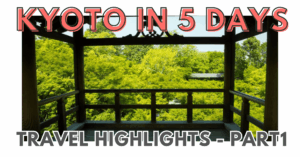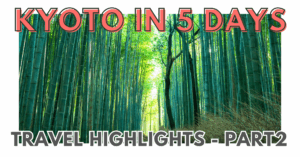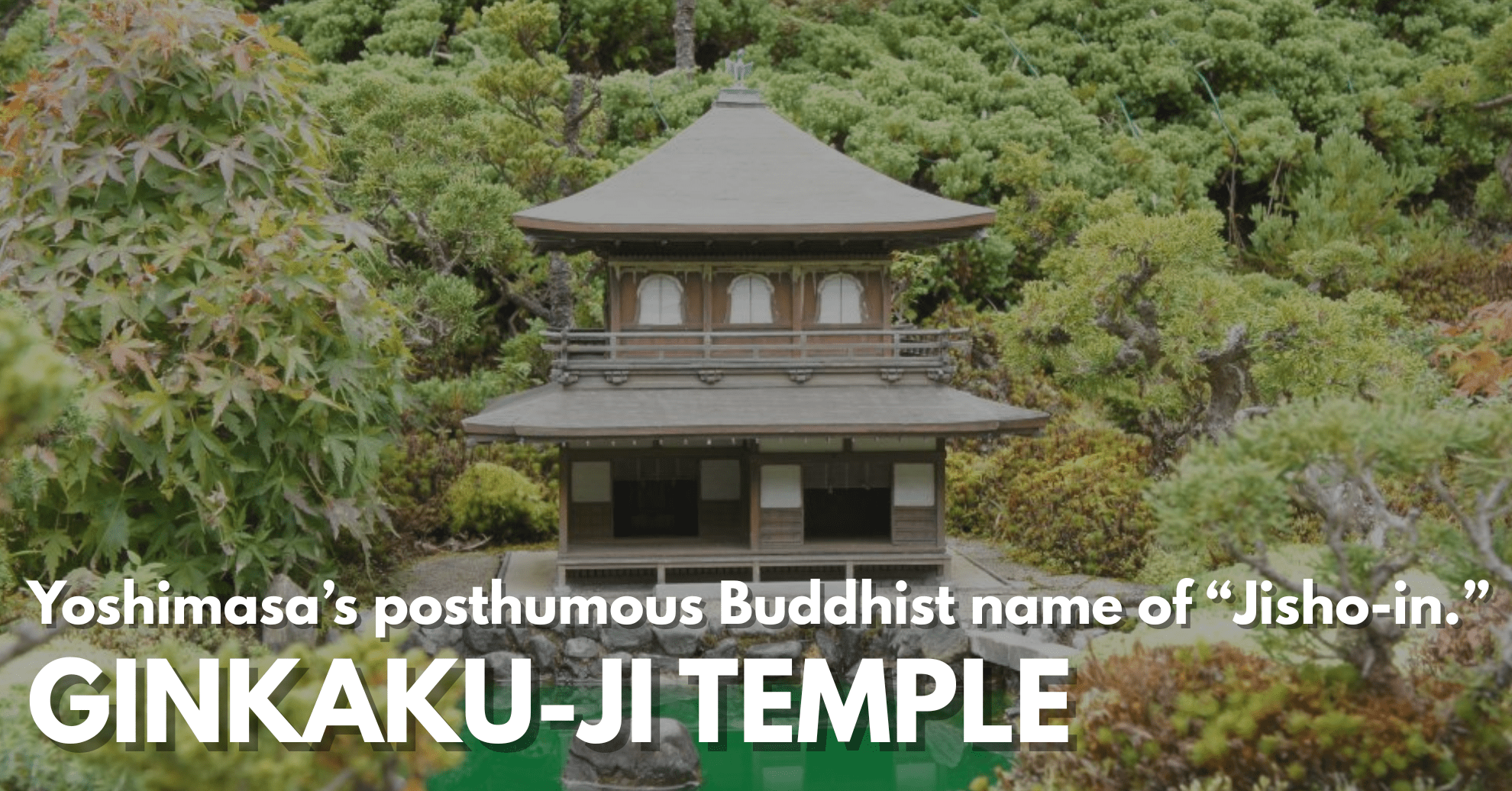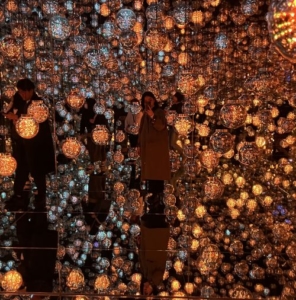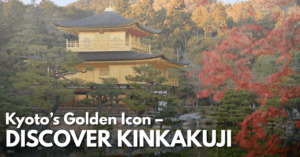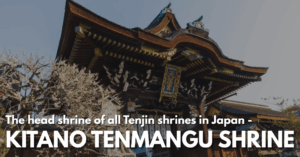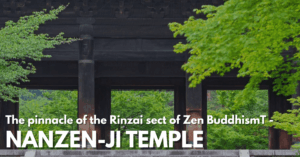Located in the eastern part of Kyoto, Ginkaku-ji Temple (Silver Pavilion) is a historically significant destination that pairs perfectly with visits to Nanzen-ji or Yasaka Shrine.
This Zen temple reflects the philosophy of Ashikaga Yoshimasa, a shogun known as a seeker of aesthetic perfection. His vision of “wabi-sabi”—the beauty of simplicity and quiet elegance—is embodied throughout the temple grounds.
In this article, we’ll explore the highlights of Ginkaku-ji, how it differs from Kinkaku-ji (Golden Pavilion), and what makes it a treasure passed down through over 500 years of history.We’ll also share access information and nearby attractions. Renowned as one of Kyoto’s best fall foliage destinations, Ginkaku-ji hosts limited-time special openings in autumn—so be sure to read on if you’re planning a visit.
What is Ginkaku-ji Temple?
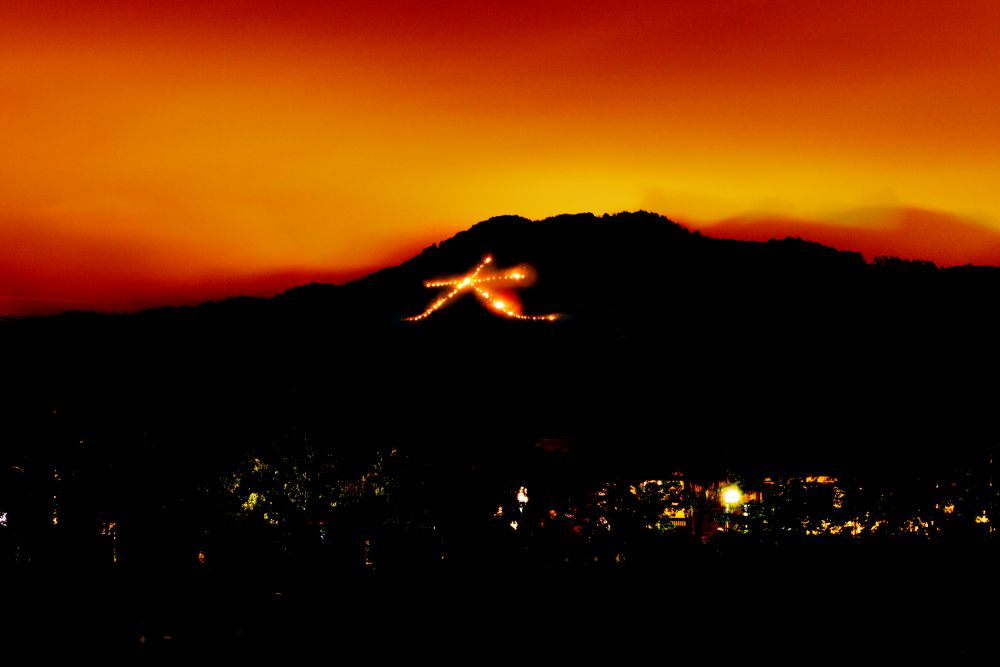
Ginkaku-ji’s official name is Higashiyama Jisho-ji. It originated as a retirement villa called Higashiyama-dono, built by Ashikaga Yoshimasa, the 8th shogun of the Muromachi shogunate. The temple name is derived from Yoshimasa’s Buddhist name, Jishō-in.
The temple sits at the foot of Mount Daimonji, famous for the large bonfire character “大” (dai) lit during the Obon festival each August. The surrounding Higashiyama (Eastern Mountains) form a gently rolling backdrop, and the temple itself became a symbol of Higashiyama culture, which emphasized quiet refinement and natural beauty.
Highlights of Ginkaku-ji Temple
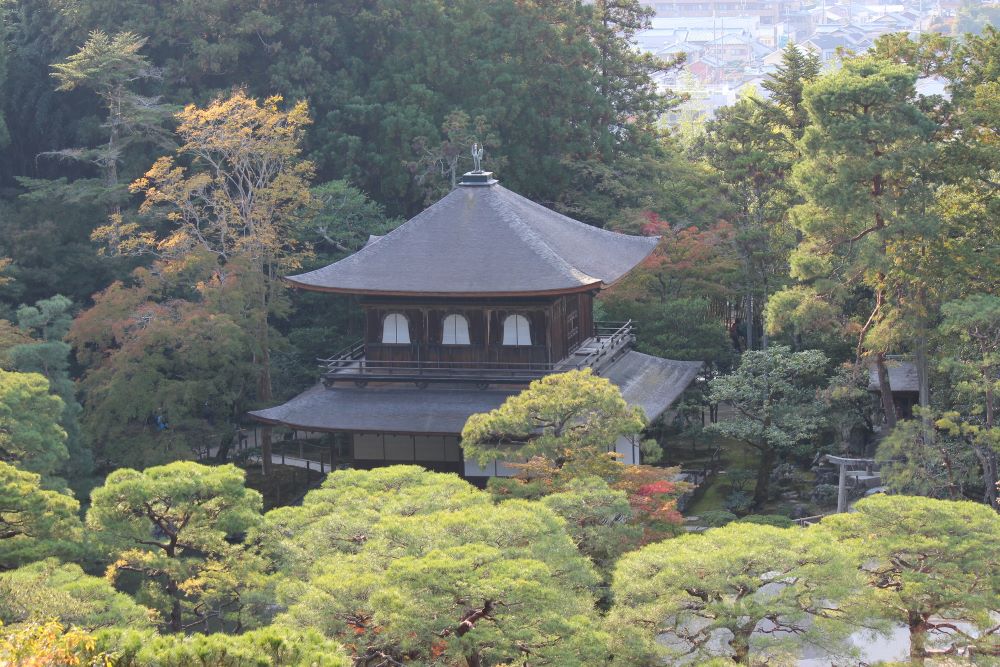
The Muromachi shoguns were passionate collectors of fine art and cultural artifacts, especially those brought in via trade with China. The Higashiyama culture developed from this collection and refinement of imported and domestic aesthetics.
Notable highlights within the Ginkaku-ji grounds include:
- Kannon-den (Silver Pavilion) – a National Treasure and the centerpiece of the temple.
- Tōgudō Hall – formerly enshrining Amida Buddha, now famous for its Zen-style architecture and surrounding garden.
- Ginsadan (Silver Sand Sea) – a unique dry sand garden designed to reflect moonlight and spiritual clarity.
Tōgudō is especially significant, as it reflects Yoshimasa’s spiritual worldview. While it began as an Amida hall, the surrounding Zen garden symbolizes his inner philosophical journey.
Amida Buddha vs. Zen: What’s the Difference?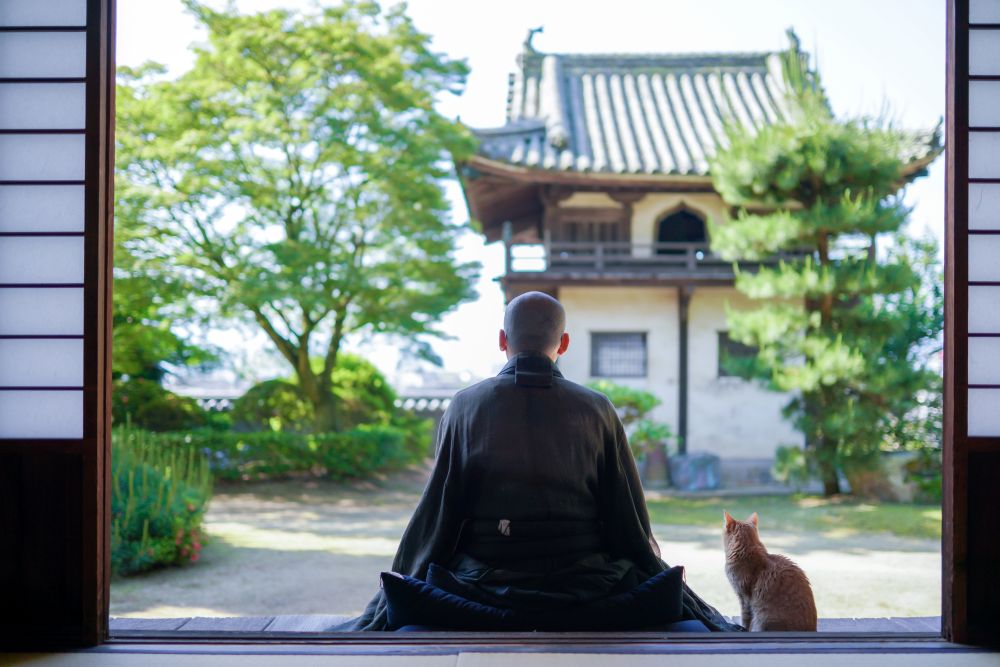
Buddhism in Japan includes various schools of thought. Some, like Jodo (Pure Land) and Jodo Shinshu, teach that one can be saved by chanting the name of Amida Buddha (“Namu Amida Butsu”). Temples like Nishi Hongan-ji, Higashi Hongan-ji, and Chion-in belong to this tradition.
In contrast, Zen Buddhism—as practiced at Ginkaku-ji, Kinkaku-ji, and Nanzen-ji—emphasizes self-reflection through zazen (seated meditation). The goal is to discover your inner dignity and develop gratitude through personal insight rather than divine intervention.
Seasonal Special Openings at Ginkaku-ji
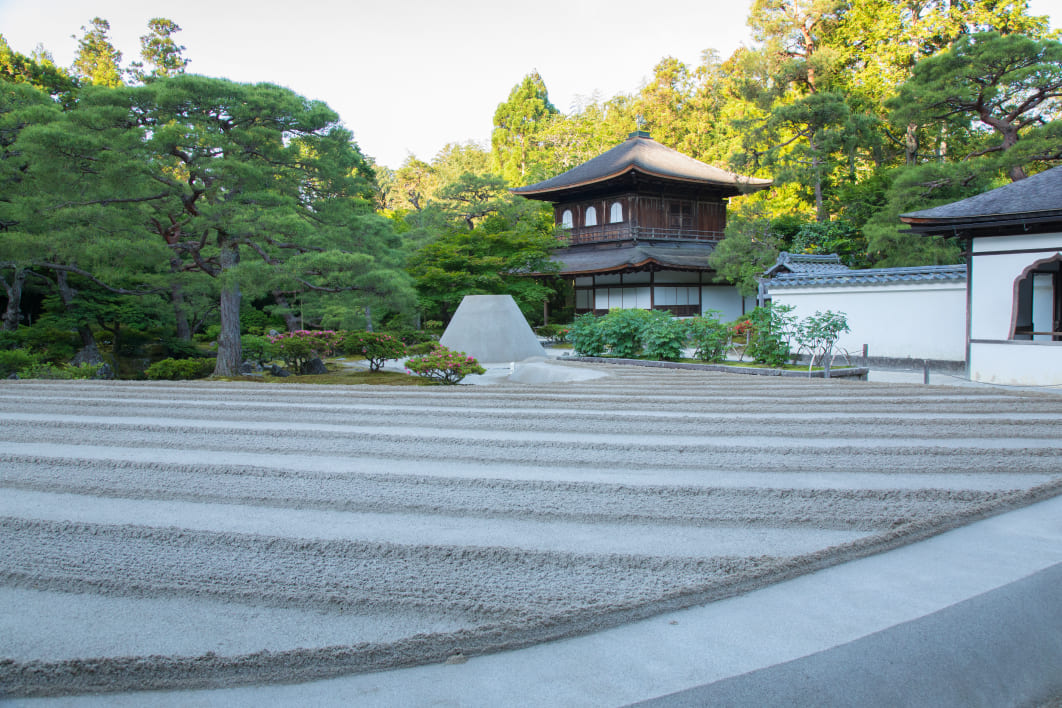
Ginkaku-ji typically only allows public viewing of its gardens. However, in spring and autumn, the temple offers special openings of the Tōgudō Hall, Hōjō (Abbot’s Quarters), and Rōseitei Teahouse.
Both the Kannon-den (Silver Pavilion) and Tōgudō date back to the Muromachi period and are must-see structures during these special viewings. The Silver Pavilion itself beautifully embodies Yoshimasa’s spiritual beliefs and showcases the understated elegance known as “kanso-kotan”—the aesthetic of quiet refinement and simplicity.
Compared to the opulence of Kinkaku-ji, Ginkaku-ji offers a serene and introspective experience.
Estimated visit time: 30 minutes to 1 hour
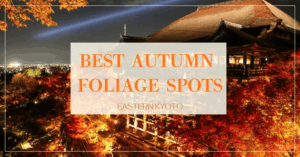
How to Access Ginkaku-ji Temple
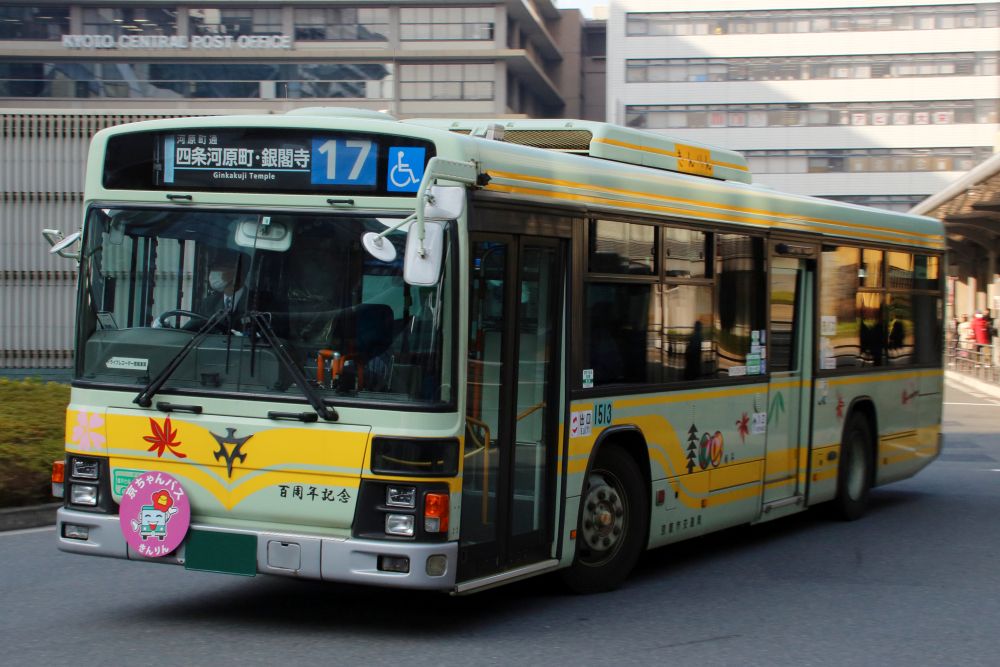
From Kyoto Station, you can reach Ginkaku-ji by either train + bus or direct city bus.
Train + Bus Route: Take the Karasuma Subway Line to Imadegawa Station, then transfer to a Kyoto City Bus heading toward Ginkakuji-michi. After getting off, it’s about a 10-minute walk.
Ginkaku-ji is also one of the sub-temples of Shokoku-ji, a prominent Rinzai Zen complex. We recommend visiting both temples if your schedule allows.
| Ginkaku-ji Temple Address: 2 Ginkakuji-cho, Sakyo-ku, Kyoto Phone: 075-771-5725 Opening Hours: March–November: 8:30–17:00 December–February: 9:00–16:30 Special Viewing (Spring 2024): March 20 – May 6 Six entry slots per day: 10:00 / 11:00 / 12:00 / 13:30 / 14:30 / 15:30 Guided tours only Autumn Viewing: Details to be confirmed—check the official website |
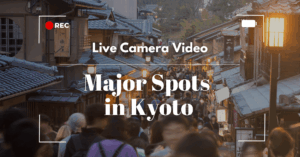
Nearby Attractions
